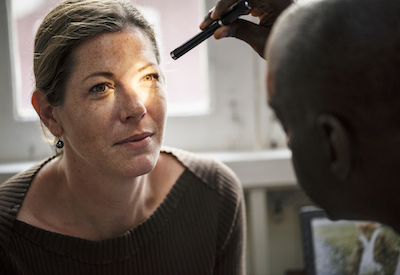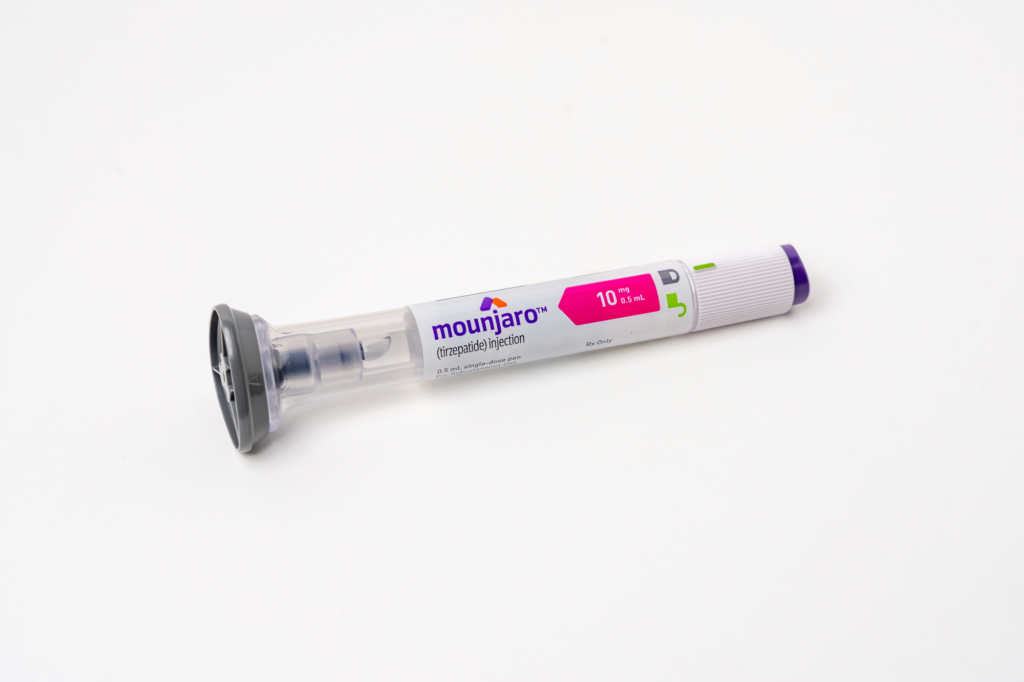Age related eye disorders, such as macular degeneration, diabetic retinopathy and retinal detachment (RD) are a major contributors to isolation and loss of quality of life. Though each disease is distinct, the separation of photoreceptors from the underlying retinal pigment epithelium (RPE) or a loss of functional RPE. Eventual photoreceptor death is the common denominator. This early phase in-vivo study, published in Aging-US, studied the role of nicotinamide mononucleotide (NMN), a precursor of nicotinamide adenine dinucleotide (NAD), in a retinal detachment induced photoreceptor degeneration.

Since photoreceptors are highly metabolic, nutrient deprivation from the separated RPE induces the pathological responses that result in permanent neuronal loss. “Major photoreceptor degenerative diseases are primarily age-related eye disorders, leading to severe vision impairment or irreversible vision loss,” said Dr. Demetrios G. Vavvas from Harvard Medical School.
For study purposes, the separation of photoreceptors from the RPE can be well-modeled in animals. To date, however, little is known about the role of NAD when photoreceptors are separated from the RPE and whether the NAD and SIRT1 may play a role in protecting photoreceptors during their separation from the underlying RPE.
Attenuated Photoreceptor Study Results
The research included an in vivo experimental procedures of RD induced in mouse eyes, which resulted in photoreceptor cell death. The study results showed:
- The photoreceptor death was attenuated after NMN administration at 24 hours after RD.
- NMN at 250 mg/kg reduced cell death numbers by 52.7% (2292 ± 690 cells/mm2, p<0.001) whereas NMN at 500 mg/kg decreased cell death by 71.0% (1405 ± 290 cells/mm2, p<0.001).
“Our study demonstrates the neuroprotective effects of NMN supplementation in rescuing photoreceptor degeneration after RD. NMN treatment was associated with an increase in NAD+ and SIRT1 levels in the injured retina, leading to anti- apoptotic, anti-inflammatory, and antioxidant effects. The therapeutic effect of NMN may occur at least partially through the activation of SIRT1/HO-1 signaling. These results provide an impetus for studies in larger animals and humans with photoreceptor degeneration in a clinical setting,” the researchers concluded.
The study results showed that NMN administration after RD resulted in a significant reduction of 1. TUNEL photoreceptors (measure of apoptotic programmed cell death), 2. CD11b macrophages (critical to the development of inflammation-dependent lymphangiogenesis in the eye), and 3. Glial fibrillary acidic protein (GFAP) labeled glial activation.
The researchers also saw a normalization of protein carbonyl content, and a preservation of the outer nuclear layer thickness. NMN administration significantly increased NAD levels, SIRT1 protein expression (alleviates oxidative stress and associated damage) and heme oxygenase-1 expression (immunomodulatory protection). And even with delayed NMN administration, the researchers noted the protective effects after RD.
Conclusion/ “The study demonstrates the neuroprotective effects of NMN supplementation in rescuing photoreceptor degeneration after RD. NMN treatment was associated with an increase in NAD+ and SIRT1 levels in the injured retina, leading to anti-apoptotic, anti-inflammatory, and antioxidant effects. The therapeutic effect of NMN may occur at least partially through the activation of SIRT1/HO-1 signaling. These results provide an impetus for studies in larger animals and humans with photoreceptor degeneration in a clinical setting.”
Click Here for Full Text Study







